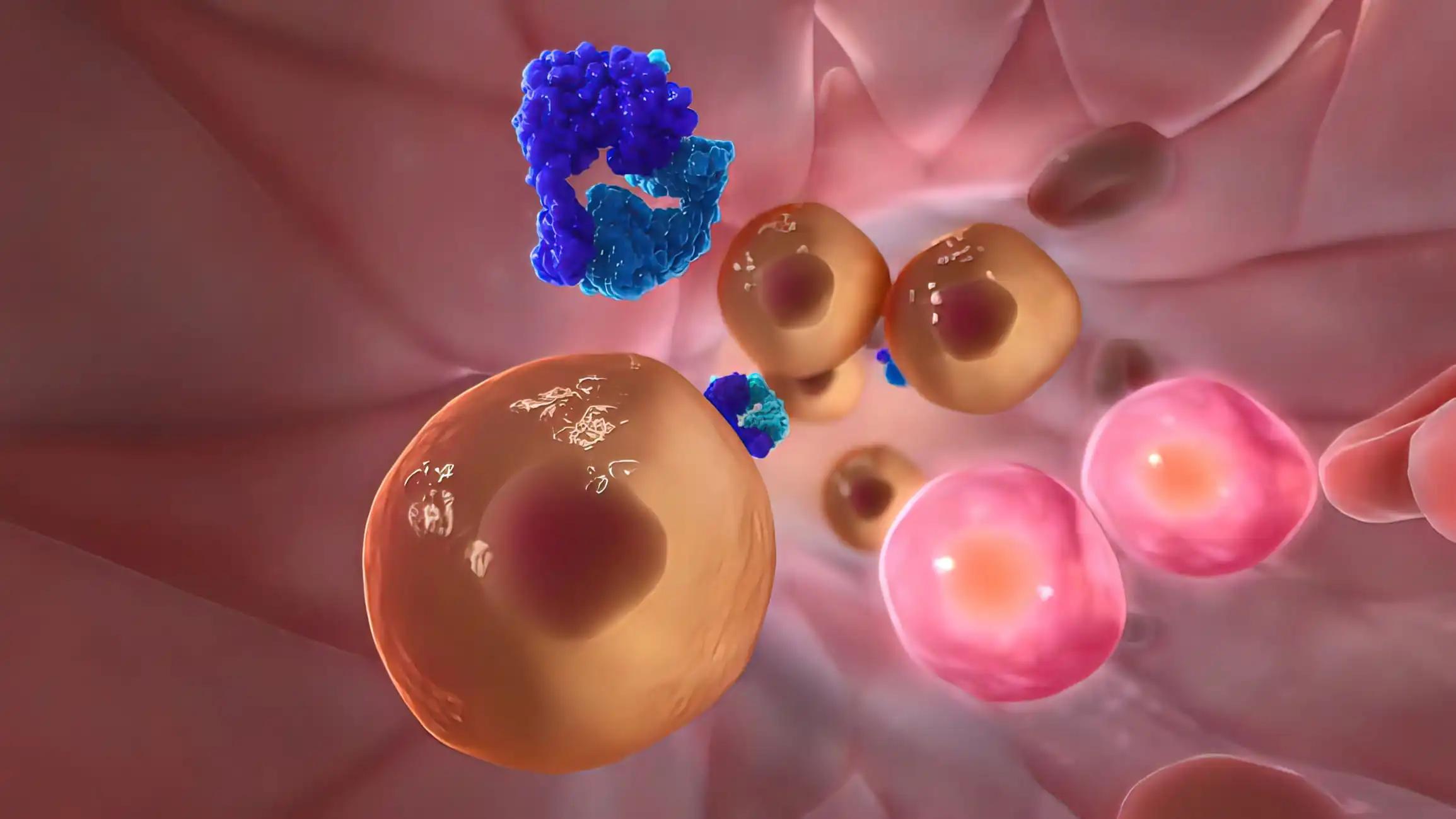KEY TAKEAWAYS
- The study aimed to investigate the dual regulatory roles of AR and specific miRNAs (203a/210-3p/5001-5p) in PCa metastasis.
- Researchers noticed miRNAs 203a/210-3p/5001-5p regulate androgen/AR/YAP-driven PCa metastasis.
The study is about understanding how the androgen receptor (AR) and specific miRNAs (203a/210-3p/5001-5p) contribute to the metastasis of prostate cancer (PCa). Elevated AR levels are associated with higher metastatic incidence in patients with PCa, with AR and its target gene, prostate-specific antigen (PSA), showing increased expression in metastatic tumors compared to organ-confined ones.
While androgen treatment or increased AR levels promote metastasis in PCa cell culture and animal models, AR under androgen-depleted conditions suppresses cell mobility and invasiveness. Despite androgen deprivation therapy being a common treatment for PCa, it paradoxically increases the risk of metastasis.
Chieh Huo and the team aimed to explore the dual roles of AR and miRNAs in PCa metastasis to better understand the underlying mechanisms and identify potential therapeutic targets.
Researchers performed an inclusive analysis using PC-3AR (PC-3 cells re-expressing AR) and LNCaP cells as PCa models. Patients data were also integrated to enhance the relevance of the findings. To investigate the role of AR and androgen in PCa metastasis, various experimental approaches were employed, including Transwell migration and invasion assays, wound-healing assays, zebrafish xenotransplantation assays, and zebrafish vascular exit assays.
These assays allowed for the assessment of cell mobility, invasiveness, and metastatic potential. Additionally, Micro-Western Array, co-immunoprecipitation (Co-IP), and immunofluorescence techniques were used to dissect the underlying molecular mechanisms. The role of miRNAs in PCa metastasis was further explored using miRNA arrays, miRNA inhibitors or plasmids, and chromatin immunoprecipitation assays.
About the findings, in the absence of androgen, AR repressed the migration and invasion of PCa cells. However, when androgen was present, AR stimulated the migration and invasion of PCa cells both in vitro and in the zebrafish xenotransplantation model. Androgen was observed to increase phospho-AR Ser81 and yes-associated protein 1 (YAP), while it decreased phospho-YAP Ser217 and altered epithelial-mesenchymal transition (EMT) proteins in PCa cells.
The Co-IP assay demonstrated that androgen augmented the interaction between YAP and AR in the nucleus. Knockdown of YAP or treatment with a YAP inhibitor abolished the androgen-induced migration and invasion of PCa cells, whereas YAP overexpression showed the opposite effects. The miRNA array revealed that androgen decreased hsa-miR-5001-5p but increased hsa-miR-203a and hsa-miR-210-3p in PC-3AR cells, a pattern not observed in PC-3 cells. Treatment with inhibitors targeting hsa-miR-203a/hsa-miR-210-3p, or overexpression of hsa-miR-5001-5p, decreased YAP expression and suppressed the androgen-induced migration and invasion of PCa cells. Furthermore, the Chromatin immunoprecipitation (ChIP) assay demonstrated that AR binds with the promoter region of hsa-miR-210-3p in the presence of androgen.
The study concluded that miRNAs 203a, 210-3p, and 5001-5p play a significant regulatory role in the androgen/AR/YAP-induced metastasis of PCa. These miRNAs modulate key signaling pathways and molecular interactions, ultimately influencing the metastatic behavior of PCa cells in response to androgen levels.
This study was funded by MOST 105-2628-B-400-005-MY3, MOST 109-2320-B-400-004-MY3, NSTC 112-2314-B-400-031, NSTC 112-2320-B-400-008 from Ministry of Science and Technology (MOST) and NHRIKMU-111-I002, CS-109-PP-03, CS-112-PP-03, CS-113-PP-03 from National Health Research Institutes (NHRI) for CPC; NSTC 112-2326-B-038-001 from National Science and Technology Council (NSTC) for HJK. CYL was supported by NSTC 112-2326-B-038-001, while CH was supported by NSTC 113-2811-B-400-024 (NSTC).
Source: https://pubmed.ncbi.nlm.nih.gov/39149855/
Huo C, Kuo YY, Lin CY, et al. (2024). “The miRNAs 203a/210-3p/5001-5p regulate the androgen/androgen receptor/YAP-induced migration in prostate cancer cells.” Cancer Med. 2024 Aug;13(16):e70106. doi: 10.1002/cam4.70106. PMID: 39149855; PMCID: PMC11327718.



